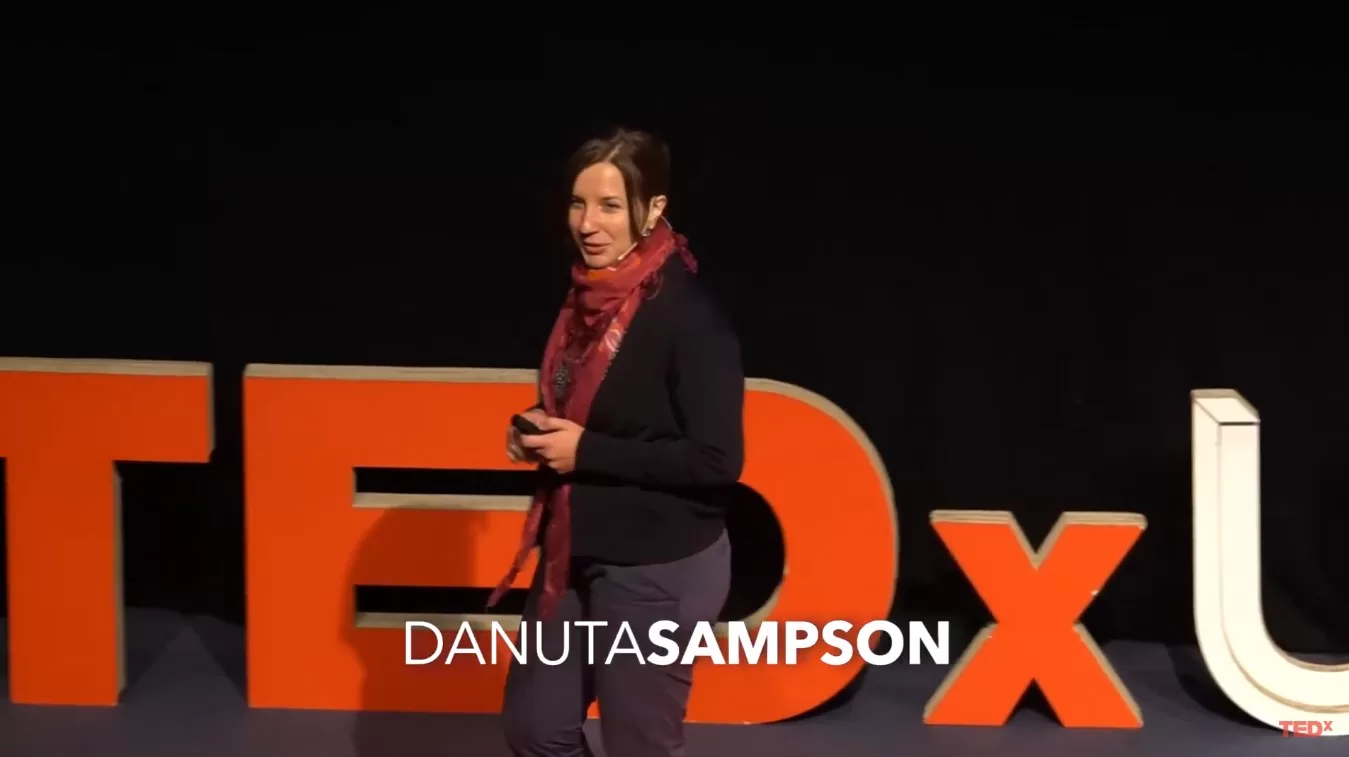Nearly 300 million people worldwide are visually impaired, including 39 million who are blind, according to Dr. Danuta Sampson, a physicist and eye disease researcher. In a recent TEDx talk, she laid out a “blueprint” for enhancing eye health through collaboration between the visually impaired community, doctors, scientists, and society as a whole.
Empathy and Inclusion Needed
Dr. Sampson suggests that increased empathy and inclusion of the visually impaired could help address their frequent loneliness and isolation. She proposes more active involvement and employment opportunities for the visually impaired, noting their 60% unemployment rate.
Schools could facilitate understanding through simulations of vision impairment and friendships between sighted and visually impaired students. Broader community inclusion initiatives could also promote wellbeing.
Improved Doctor-Patient Relationships
Citing her father’s unsatisfying interaction after an eye disease diagnosis, Dr. Sampson advocates for improved doctor-patient relationships. Patients need sufficient time with doctors to understand their condition and treatment options. Feeling cared for and informed is vital.
Enhanced Research Environment
Dr. Sampson argues that the competitive research environment promotes questionable practices like rushed announcements of tentative findings. This fosters false hopes.
She urges a shift to open, honest collaboration. Data sharing across institutions could yield a fuller picture of complex diseases. Published findings should be rigorously supported.
Funders should enable unpressured, unfettered research.
Understanding the Eye’s Complexity
Despite its ping pong ball size, the human eye has over 2 million working parts, making it the body’s second-most complex organ after the brain, explains Dr. Sampson. The retina is vital for vision, yet retina-related diseases like retinal vein occlusion remain challenging to treat due to limited monitoring tools.
Advances are gradual because disease effects on retinal cells are still poorly understood. But collaboration and empathy can accelerate progress.
A Blueprint for All
Dr. Sampson believes realizing her blueprint requires united efforts from visually impaired individuals, society, schools, clinicians, researchers, and policymakers. It encompasses improving diagnosis, treatment, and wellbeing.
She asks doctors to deeply engage with patients. She requests that society welcome the visually impaired into communities. And she urges academics to conduct rigorous, collaborative research to elucidate eye diseases.
A Blueprint in Action
In closing, Dr. Sampson shares a story of the legendary Leonardo Da Vinci conceptualizing self-driven carts centuries before realization. But through working together, we can implement her eye health blueprint much sooner and profoundly improve millions of lives.
Dr. Sampson brings scientific expertise and personal passion to the goal of enhancing inclusion, research, and clinical care. By working collaboratively, we can help the visually impaired community and uncover new disease insights faster than by working alone.


